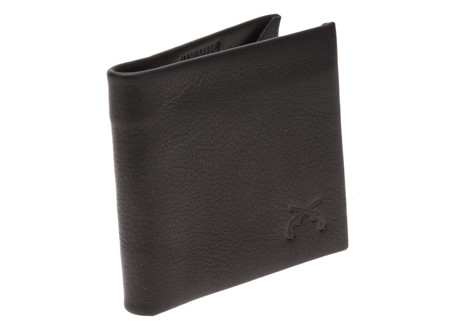Carryology delivered. Your inbox. every two weeks.
Only the best stuff (and giveaways!), we promise.

Maxx & Unicorn

Maxx & Unicorn
Maxx & Unicorn plays primarily in the world of wallets, offering a selection of handmade leather bi-folds, coin wallets, card holders and card and cash sleeves that come in a selection of colors.
Visit Maxx & Unicorn-

Maxx & Unicorn BiFold
The balancing act between form and function is tough, and most wallets fall to one side.... Read more
-

Maxx & Unicorn Card Sleeve
The Card Sleeve is a clever piece of carry that will please as much for its... Read more





 Carry Awards
Carry Awards Insights
Insights Liking
Liking Projects
Projects Interviews
Interviews